
DISCOVER AOSTA VALLEY: A HISTORIC GEM IN THE ITALIAN ALPS
Nestled in the thrilling Italian Alps, Aosta Valley is a historical treasure waiting to be uncovered. Whether you’re a history enthusiast, an adventurous traveller, or a curious local, this guide will take you on an unforgettable journey through Aosta Valley’s rich past.
Aosta Valley features remarkable historical sites, including ancient Roman ruins and stunning medieval castles. Be sure to visit these top landmarks that highlight the area’s rich heritage and captivating culture. Exploring these historical sites in Aosta Valley promises an enriching experience you won’t want to miss!
Known as the gateway to the Alps, Aosta Valley is steeped in history and culture. Its strategic location has made it a crossroads of civilisations, each contributing to its unique landscape. From prehistoric settlements to Roman conquests, Aosta Valley offers a fascinating glimpse into history.
A Hidden Gem in Northwestern Italy
The Aosta Valley, nestled in the northwestern part of Italy, is bordered by the stunning landscapes of France and Switzerland. Its charming capital, Aosta, is strategically located at the confluence of the Buthier and Dora Baltea rivers. This picturesque region has played a vital role in history, particularly during the Roman Age, making it a significant cultural hub. Explore the Aosta Valley for its magnificent views, rich history, and outdoor activities, and discover why this enchanting destination is a must-visit for travellers.
Aosta Valley: A Glimpse into Pre-Roman History
Before the Roman era, the Aosta Valley was home to Celtic tribes renowned for their rich culture and vibrant traditions. These early inhabitants left behind fascinating artefacts such as intricate pottery, tools, and beautiful jewellery that highlight their exceptional craftsmanship. Skilled artisans in metalwork and textile production, the Celts significantly influenced the region’s art and architecture, a legacy still evident today.
Visitors to Aosta Valley can explore ancient settlements and historical sites, offering valuable insights into the daily lives, social structures, and deep connections these tribes had with nature. Discover the heritage of the Aosta Valley and appreciate the rich history that shaped this stunning region long before Roman influence emerged. Experience the beauty and culture of Aosta Valley today!
Top historical sites in Aosta Valley
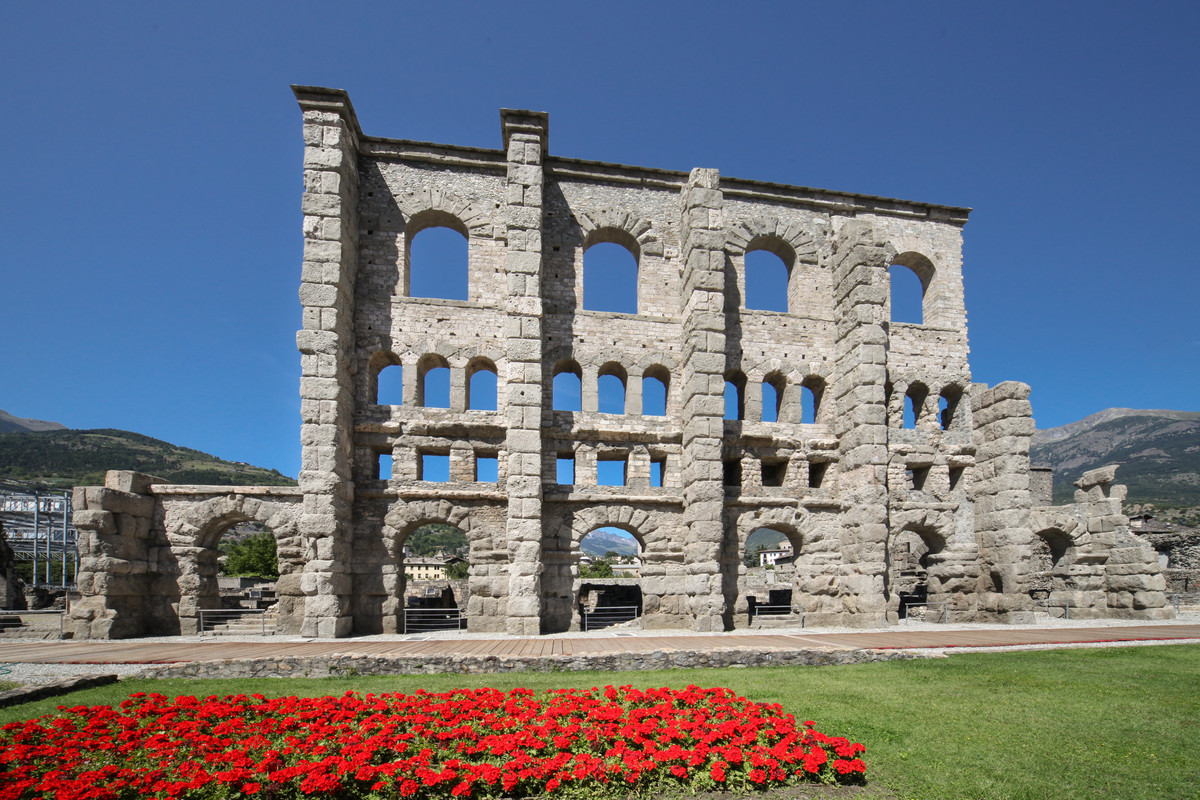
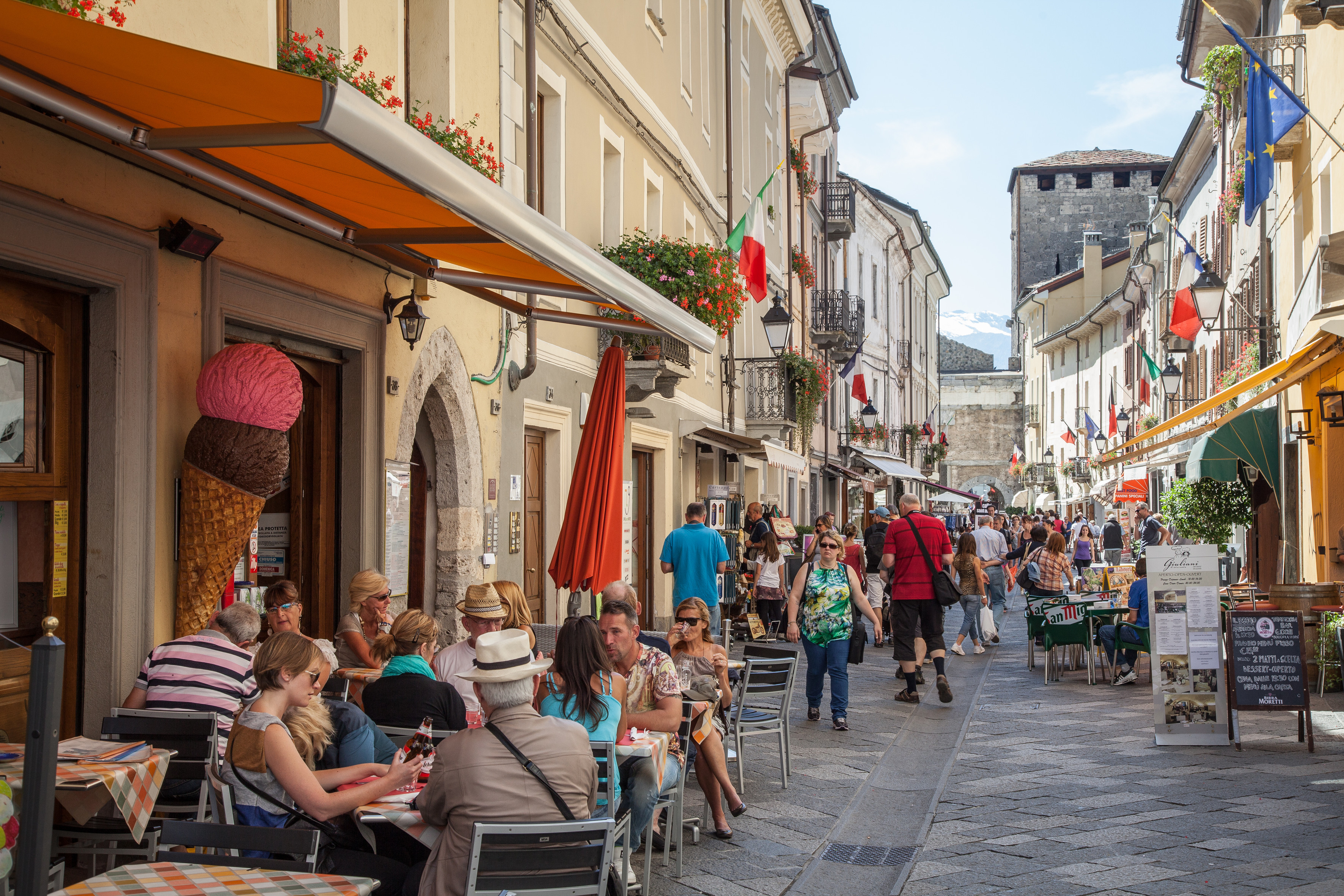

1. Discover the Aosta Valley: Roman Heritage
Explore the Roman Ruins and Theatre of Aosta
The Roman ruins in Aosta showcase the remarkable architecture of ancient Rome. The stunning Roman Theatre, renowned for its impressive façade, serves as a significant reminder of the city’s historical grandeur. This iconic site offers visitors a glimpse into the glory days of Aosta, making it a must-visit destination for history enthusiasts and travellers alike.
Augusta Praetoria: A Historical Overview
Founded by the Romans in 25 BC, Augusta Praetoria, now known as Aosta, served as a crucial military outpost and a significant trading hub in ancient times. This historic city played a key role in the Roman Empire, facilitating trade routes and strengthening military presence in the region.
Today, Aosta is celebrated for its rich history, stunning architecture, and vibrant culture, attracting visitors eager to explore its Roman heritage.
Praetoria Gate: A Remarkable Example of Roman Engineering
Discover the Praetoria Gate, a beautifully preserved Roman gateway that once served as the grand entrance to the city. This iconic structure highlights the impressive engineering skills of the Romans and offers a glimpse into ancient urban life.
Forum Cryptoporticus: A Marvel of Roman Urban Planning
The Forum Cryptoporticus is an impressive underground gallery that functioned as both a covered walkway and a storage area in ancient Rome. This remarkable structure showcases the advanced urban planning skills of the Romans, highlighting their architectural ingenuity and sophistication.
Visitors to the Forum Cryptoporticus can explore its unique features and gain insight into the daily life and organisation of ancient Roman cities.
Discover the Roman Villa in the Consulate Region
Uncover the fascinating history of a luxurious Roman villa in the Consulate Region, outside the city walls. This stunning archaeological site features intricate mosaics and well-preserved thermal baths, offering a glimpse into ancient Roman life. Explore the remnants of this villa and experience the beauty and opulence of Roman architecture.
Donnas Arch: A Marvel of Roman Engineering
Discover the Donnas Arch, an incredible feat of Roman engineering carved into solid rock around AD 3. Constructed to facilitate access along the ancient consular road leading to the Gauls, it served both strategic and commercial purposes, enhancing trade and military movement.
The Donnas Arch holds great significance in Roman infrastructure, showcasing the engineering prowess of ancient Rome. This architectural wonder exemplifies the innovative construction techniques used by the Romans, emphasising their ability to create structures that were both functional and aesthetically remarkable. It’s fascinating history, reflecting the cultural and technological advancements of the time, makes it a must-see for history enthusiasts and travellers alike.
Pondel Aqueduct and Bridge: A Marvel of Roman Architecture
Constructed in the 3rd century AD, the Pondel Aqueduct Bridge is an extraordinary example of Roman engineering. This unique structure, combining an aqueduct with a bridge, showcases the exceptional techniques of ancient Rome.
Visitors can marvel at its impressive design and learn about its historical significance, making it a must-see for history enthusiasts and architecture lovers alike. Discover the beauty and craftsmanship of the Pondel Aqueduct and Bridge, a true testament to Roman ingenuity.
Discover the Roman Bridge in Pont-Saint-Martin
The Roman Bridge in Pont-Saint-Martin is an iconic landmark, built around 1 AD to facilitate trade and transportation across the Lys River, is an iconic landmark that gracefully spans the water.
This well-preserved structure showcases the remarkable durability of ancient Roman construction techniques. A must-see for history enthusiasts and architecture lovers, the bridge offers a glimpse into the ingenuity of Roman engineering.

2. Explore the Megalithic Area of Saint-Martin-de-Corléans
Discover the fascinating mysteries of prehistoric Aosta by visiting the Megalithic Area of Saint-Martin-de-Corléans. This remarkable archaeological site showcases ancient stone structures and burial mounds, providing valuable insights into the rituals and beliefs of our ancestors.

3. Aosta Cathedral: A Marvel of Romanesque and Gothic Architecture
The Aosta Cathedral is an impressive example of Romanesque and Gothic architecture, attracting visitors with its stunning design. Inside, you’ll find exquisite Ottanian frescoes and a beautifully carved wooden choir that showcase the cathedral’s artistic heritage.
Additionally, the treasure museum houses priceless artefacts that offer a glimpse into the rich history of this iconic landmark. Don’t miss your chance to explore the Aosta Cathedral, a must for art and history enthusiasts!

4. The Fort of Bard: A Historical Gem
Situated on a strategic rocky outcrop, the Fort of Bard boasts a fascinating military history that dates back to 1000 AD. This iconic fortress is not only a testament to medieval architecture but also serves as a vibrant cultural hub.
Today, visitors can explore its informative museums and attend various cultural events, making it a top destination for history enthusiasts and travellers alike.
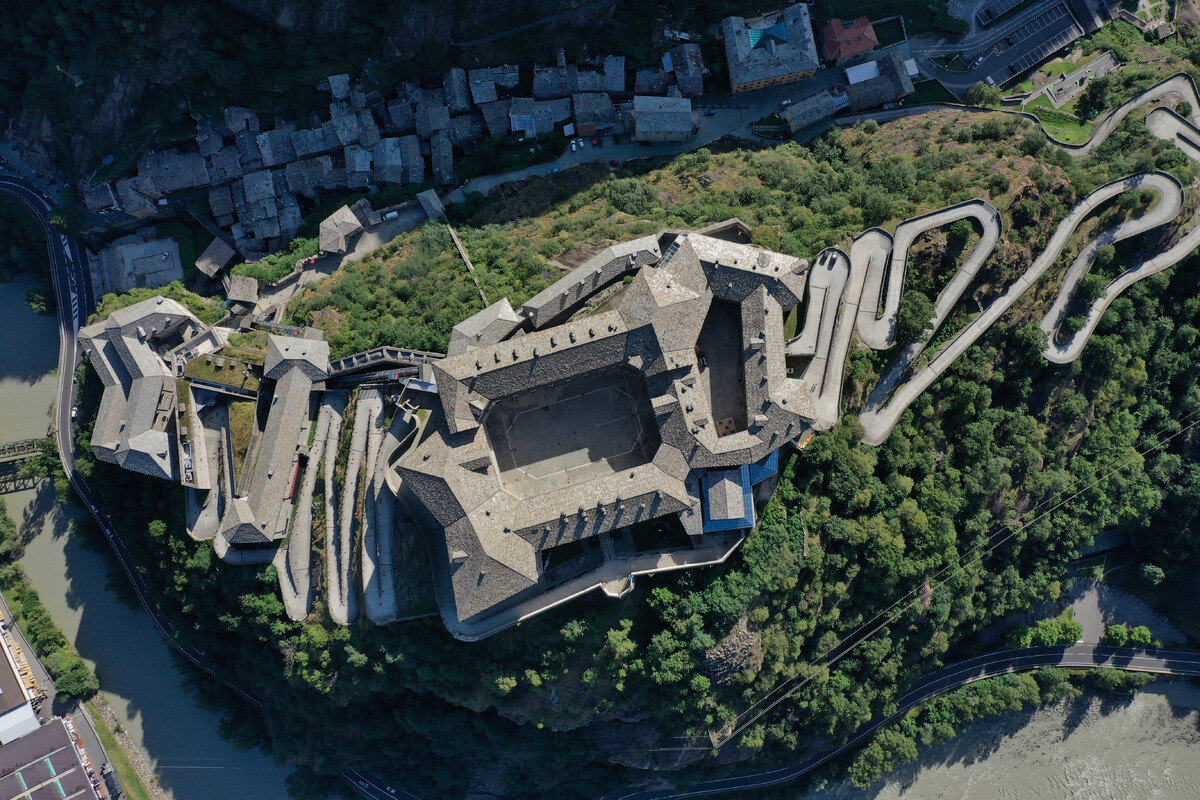
5. Fénis Castle: A Glimpse into Medieval History
Discover the enchanting Fénis Castle, a stunning medieval manor featuring crenelated walls and impressive towers. This historical landmark showcases beautiful frescoes and a charming courtyard, providing visitors with a captivating insight into the lives of the nobility during the Middle Ages.
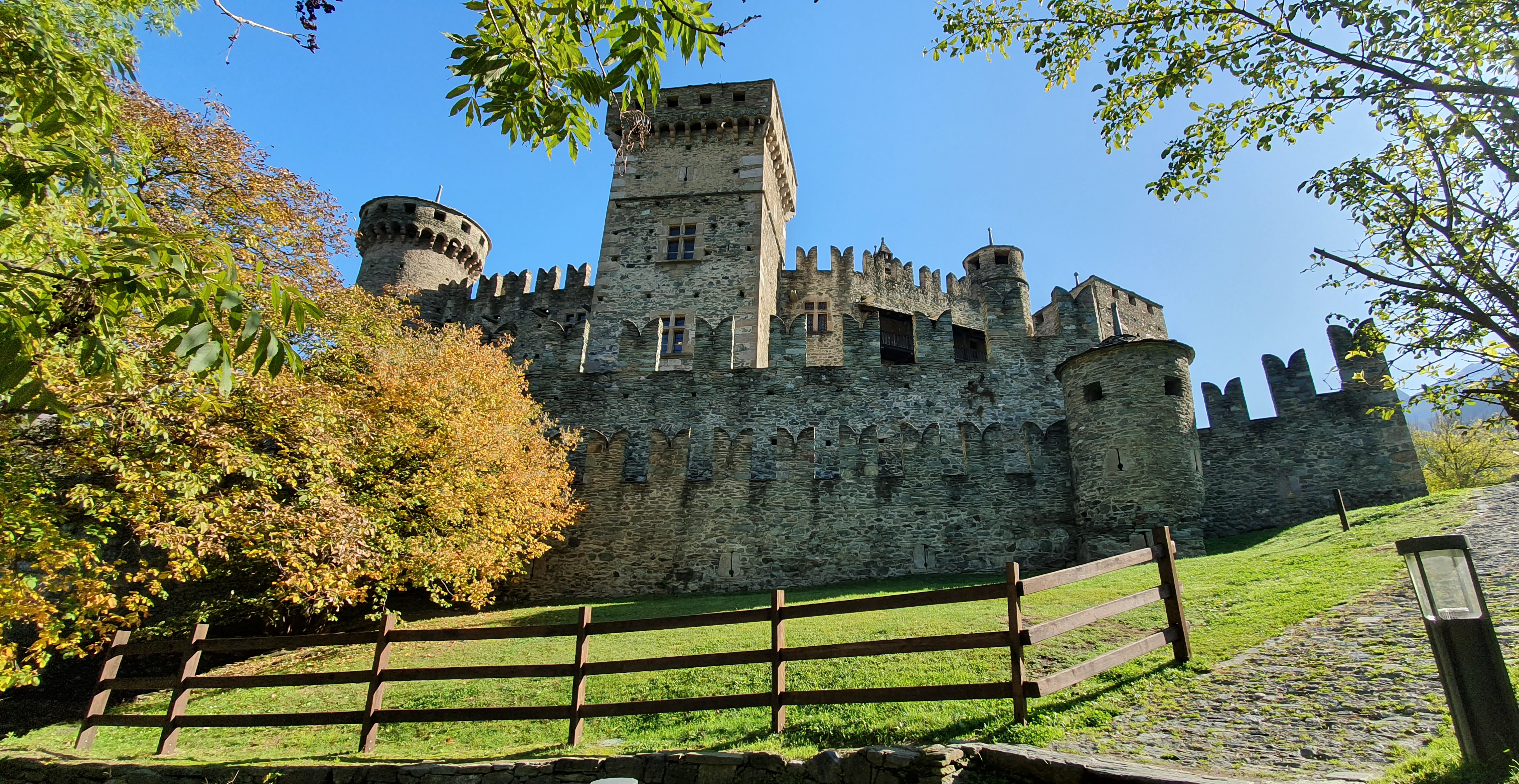
6. Sarre Royal Castle: A Historical Gem
Sarre Royal Castle, built in 1710 on the foundations of a 12th-century settlement, is a stunning example of historical architecture and significance. With its grand halls and beautiful surroundings, this castle stands out as a must-see attraction in the region.
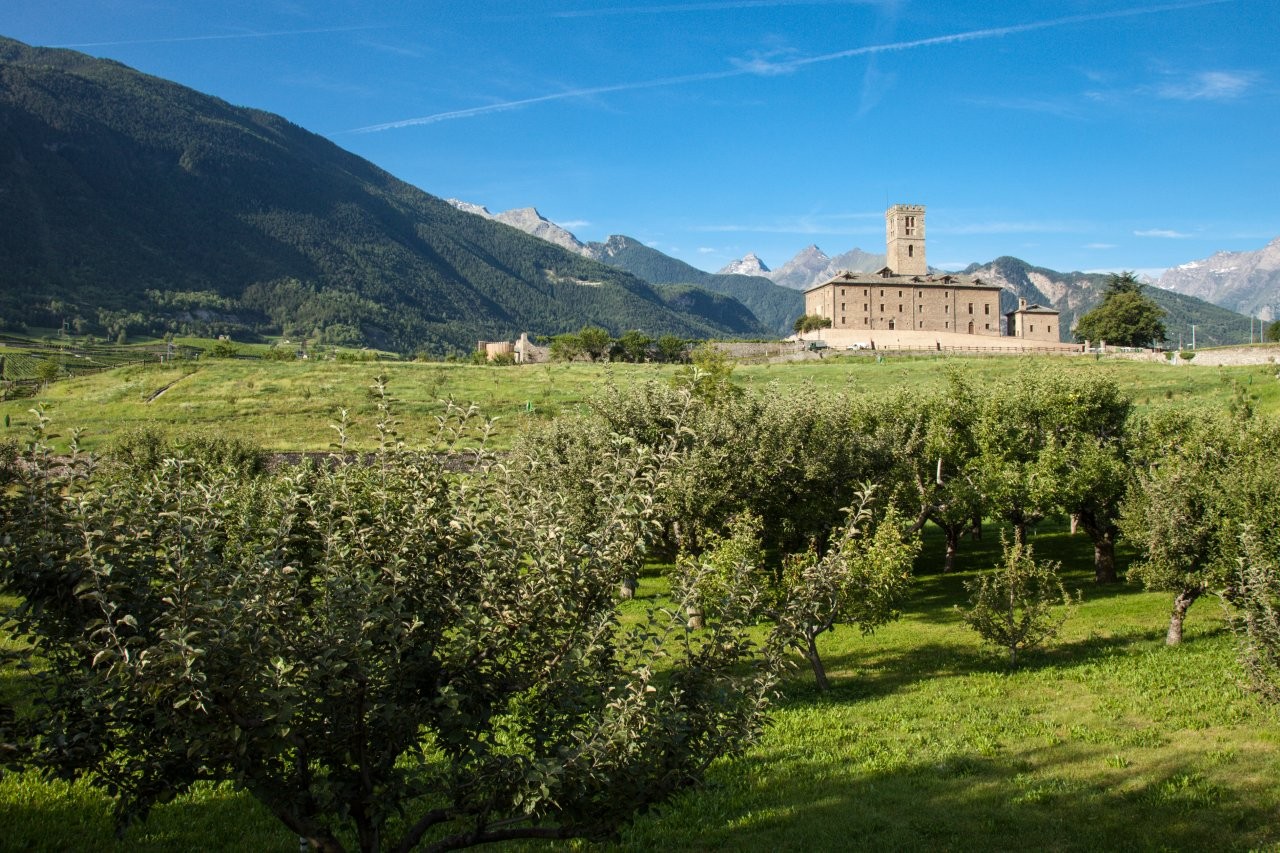
7. Sarriod de la Tour Castle: A Must-Visit Historical Manor
Discover the stunning Sarriod de la Tour Castle, a captivating historical site renowned for its impressive spiral staircase and distinctive architectural styles. This charming manor offers visitors a glimpse into the past, showcasing a unique blend of medieval design elements.

Explore the castle’s rich history and incredible views, making it a perfect destination for history enthusiasts and travellers alike. Don’t miss your chance to experience the beauty of Sarriod de la Tour Castle!
8. Sant’Orso Collegiate: A Hidden Gem of Peace and Craftsmanship
Discover the serene cloisters of Sant’Orso Collegiate, a tranquil retreat perfect for relaxation. Don’t miss the famous Sant’Orso Fair, taking place every 30th and 31st of January, where you can experience centuries-old craftsmanship and artisanal artistry.

9. Cammino Balteo Trail
The Cammino Balteo trail offers an exciting 350 km circular hiking adventure through the Aosta Valley, blending Roman and medieval history with stunning landscapes. Accessible most of the year, the trail features 23 stages, each taking 4 to 6 hours to complete, allowing hikers to explore castles, ancient villages, lush woods, and vineyards. This captivating journey reveals the cultural and historical treasures of the region, making it a memorable experience for history and nature enthusiasts alike.

10. The Grolla of Aosta Valley
The grolla is a traditional wooden chalice or goblet that represents the Aosta Valley in Italy. Deriving its name from the ancient term “graal,” which means a cup for drinking wine, the grolla has a rich history, having been used in medieval castles across the region.
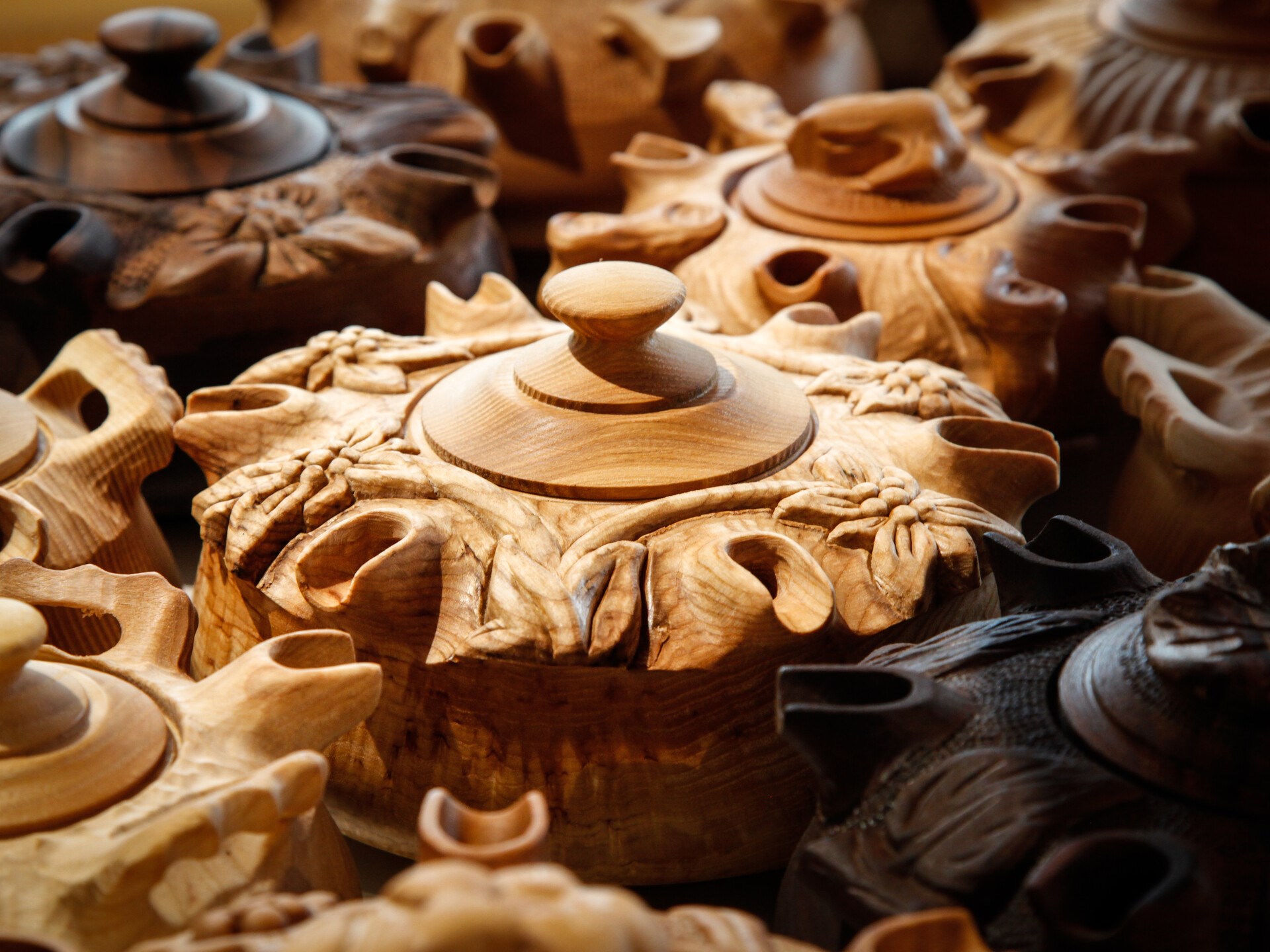
Dating back to the Middle Ages, the original grollas were crafted from silver and featured intricate engravings. Over the years, simpler wooden versions gained popularity, especially in remote mountain villages where locals would share hot wine from a single grolla, strengthening their sense of community. Today, the grolla not only serves as a beloved souvenir from Italy but is also frequently awarded as a prize in sports competitions.
The Aosta Valley is not just a place, it’s a captivating journey through time that invites exploration. From ancient Roman ruins that whisper tales of the past to majestic medieval castles that stand as testaments to a bygone era, every corner of this region is steeped in history and has a unique story to tell. Take the time to wander through charming villages, where the architecture reflects centuries of culture and tradition. Visit the stunning amphitheatre in Aosta or the imposing Fenis Castle, both of which showcase the rich tapestry of Aosta Valley’s past.
Ready to Discover the Historic Aosta Valley?
Self-guided is the best way to discover the Aosta Valley. It means going at your own pace, with the people you choose, without the worry of planning routes, accommodation bookings or arranging trip logistics. Macs Adventure take care of all of that for you, leaving you free to make your own discoveries, dive into the local culture, accomplish something special and simply enjoy the journey.
Whether you’re a history enthusiast or simply seeking to connect with the heritage of this beautiful area, these historical sites offer a glimpse into the lives of those who came before us. Tag a history buff who would love to explore these remarkable sites!
